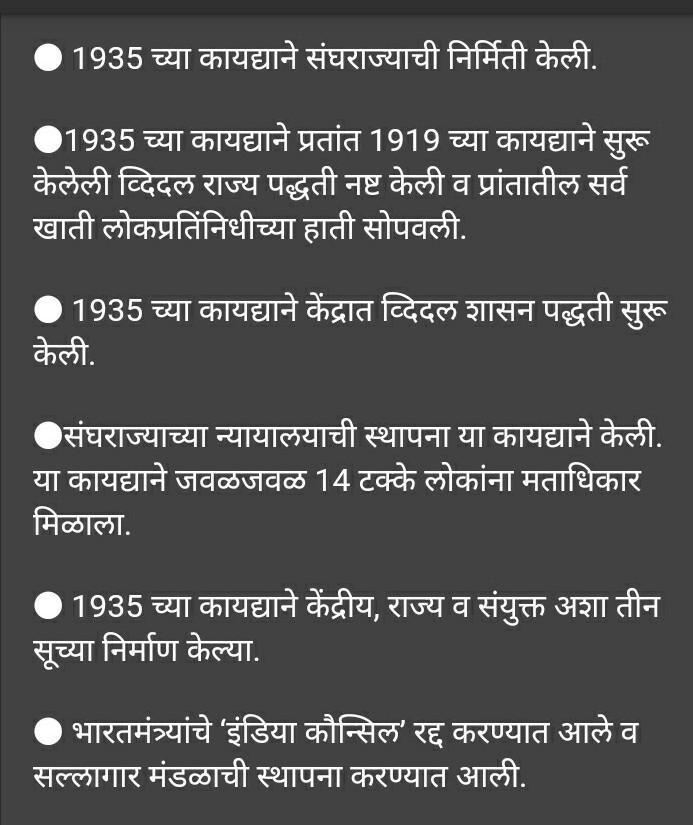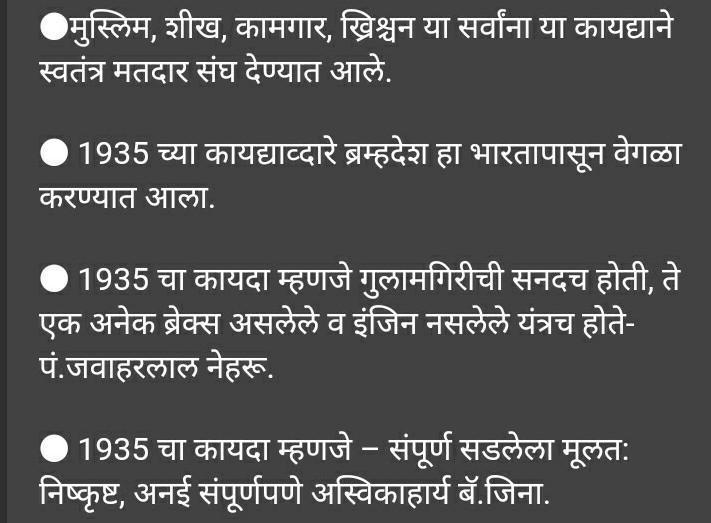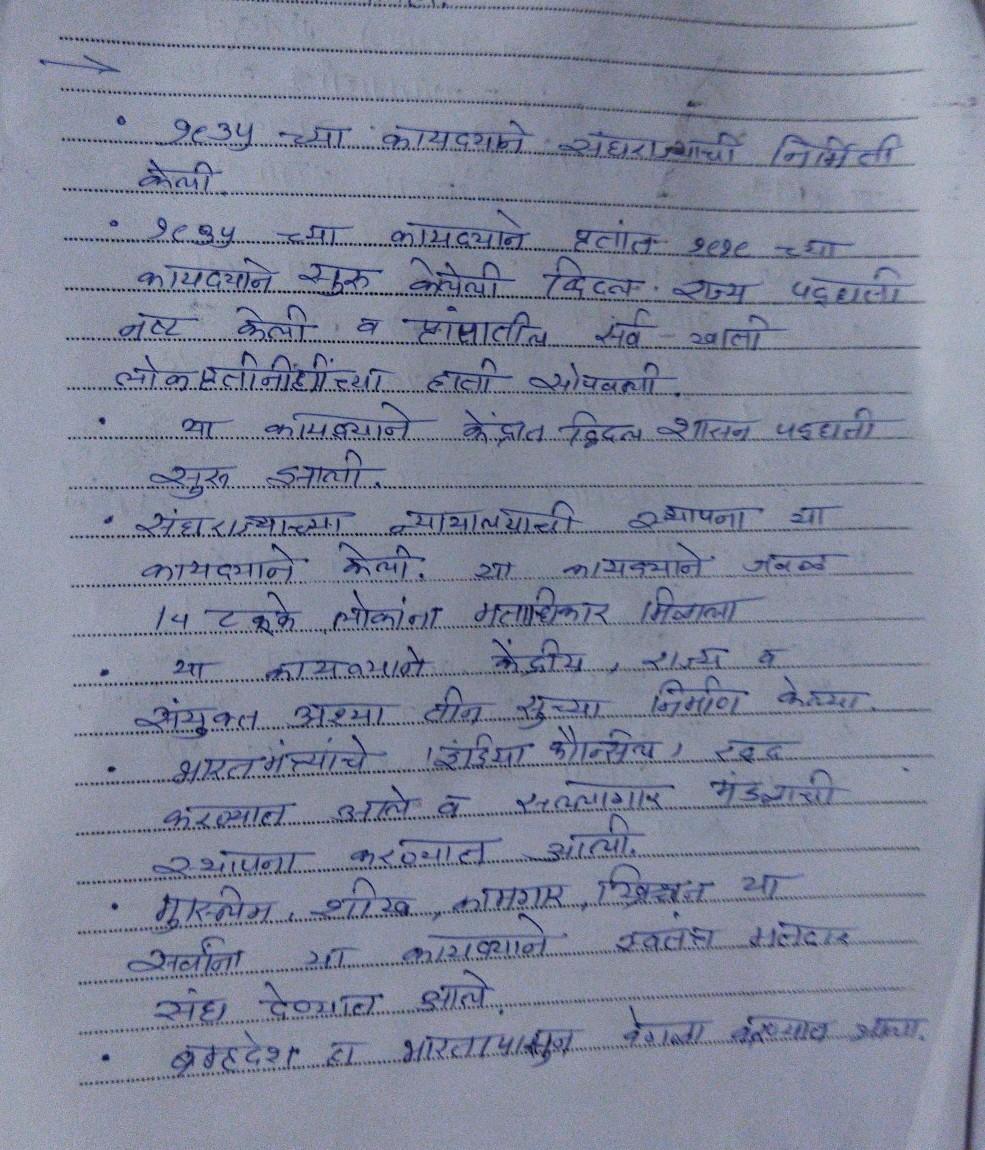Answer:
A wagon of shoes is written by Abraham Sutzkever.
Explanation:
The poet begins by describing the movement of a wagon. He says that the wheels of a wagon are being pulled continuously by a group of people. At first he cannot understand what is being brought on the wagon.
Then he can see that shoes are being carried here. The shoes are all thumping and moving. He wonders about the owners of those shoes. Whom do these shoes belong to? Next, the poet compares the wagon to a 'khupa' or a wedding canopy. In the glow of the evening, the wagon bears a mesmerizing look because the shoes piled on the wagon are constantly vibrating as though they are people dancing at a wedding reception.
The poet can recognize all the shoes heaped on the wagon. The shoes are all of good quality. Some of those are like holiday shoes which people wear while on a vacation. All the shoes are as bright and colorful as a ball dance gathering.
The poet knew the people who wore those shoes. The heels of the shoes are making a tapping sound as the wagon continues to move.
The shoes are being personified here. The shoes bear no feeling of hatred or ill-will against those people who made the shoe-owners disappear. They make light conversation as they move on the wagon. They ask one another about the direction that the wagon is taking The poet now addresses the reader.
He says that he has no courage to talk about the identity of the people who were the owners of these shoes His heart hammers faster as he remembers them, Next, he addresses the shoes. He asks them to tell him the exact truth. He wonders where all those human feet that had slipped into the shoes, had vanished to. Some of the shoes on the wagon were pumps with shining buttons which looked like drops of dew.
However, these pump shoes were in real bad shape. The poet wonders where the little bodies of those shoe- wearers had gone to. Where were all the women who had worn those purnp shoes.
#SPJ3



